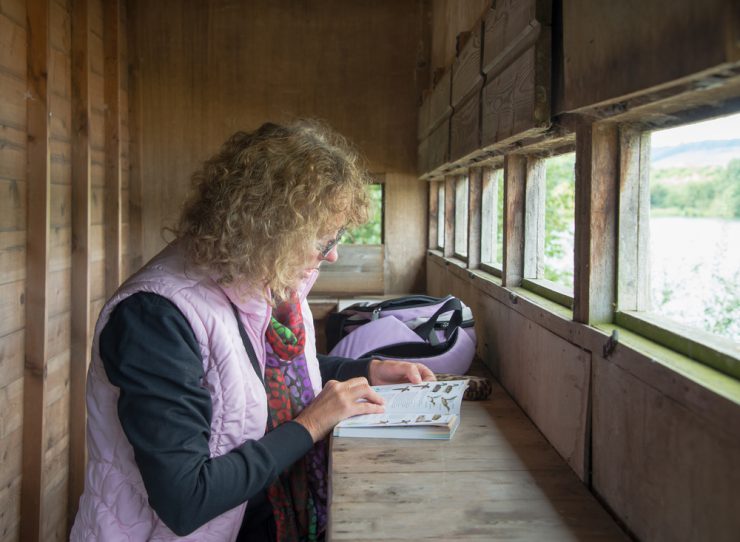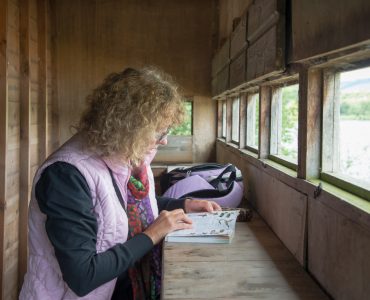Pied Wagtails are small birds, with a black and white plumage, and pied, as its name suggests. It is very similar to the magpie, but can be differentiated by its smaller size, and it is just slightly bigger compared to the great tit. The feature that most stands apart in this bird, making it characteristic, is its tail. Like its name once more suggests, the tail wags continuously, not stopping even for a minute. The plumages of the male and female pied wagtails are completely different from one another, and differ according to season as well.
The summer plumage of the male bird includes a whitish belly, forehead as well as cheeks; the other parts of its body like the crown, throat, nape, wings, flanks, tail, breast and its back are a total jet black colouring. The tail however, does have outer feathers white in colour, and there are white winged bars and whiter edges on the wings. This however, is for a breeding male pied wagtail. The non-breeding variety has a greyer plumage, with less amount of black colouring on breasts, and the flank is also completely grey. The female bird on the other hand is mainly coloured a dark grey shade with a black colouration of the rump, breast, tail, crown and throat.
The juvenile young ones of the pied wagtails are a brownish grey in colour with more often than not have a yellowish tinge to it. A sub species of the pied wagtail, known as the white wagtail, is also found as spring or autumn migrants. These have a greyish rump, wings, and back. The scientific name for the pied wagtail is Motacilla Ala Yarrelli. The fully grown bird goes to lengths of 18 cm, weighing around 20 to 27 grams. The wing span of the bird is about 25 to 30 cm, and they are found all year round. The pied wagtails are marked with a green status in Britain.
The voice of the pied wagtail is a very high pitched sound, something like a ‘chissick’. Their songs consist of a twittering sound, and are generally sung from atop a tall tree, perched on one of the branches, though it does sing in flight as well. Pied wagtails which are found breeding in uplands normally tend to move to the southern regions, some of them even flying across the English Channel to spend the winter months in France. However, most of the birds are highly sedentary creatures.
The feeding habits of the pied wagtail mainly constitutes of insects, which it searches for in verges, lawns and fields, which may be most commonly caterpillars and other flies. The nests of this bird are built in holes found in buildings or trees or walls, and sometimes even in discarded nests of other birds. It is a tiny cup shaped nest, made out of moss and grass. The breeding season of the birds is in the month of May, with 1 or 2 clutches and about 3 to 7 eggs at a time. The incubation period lasts about 12 to 14 days, with both the parents taking responsibility of feeding the young one.










